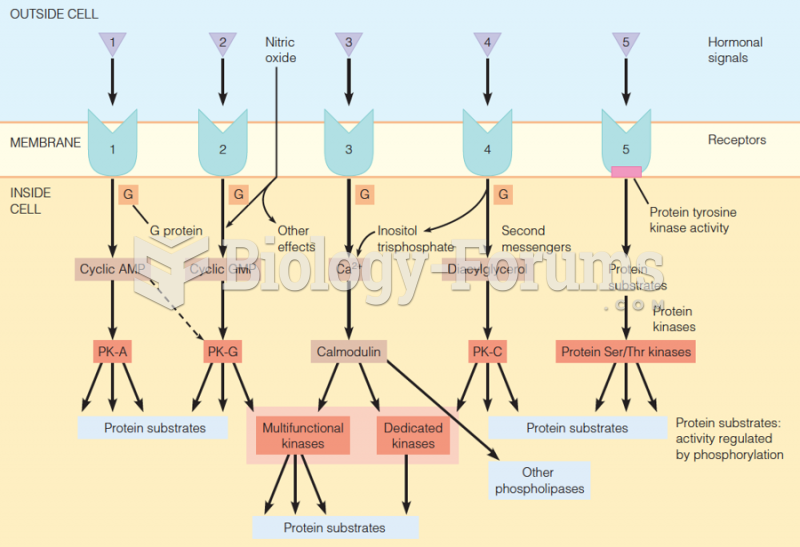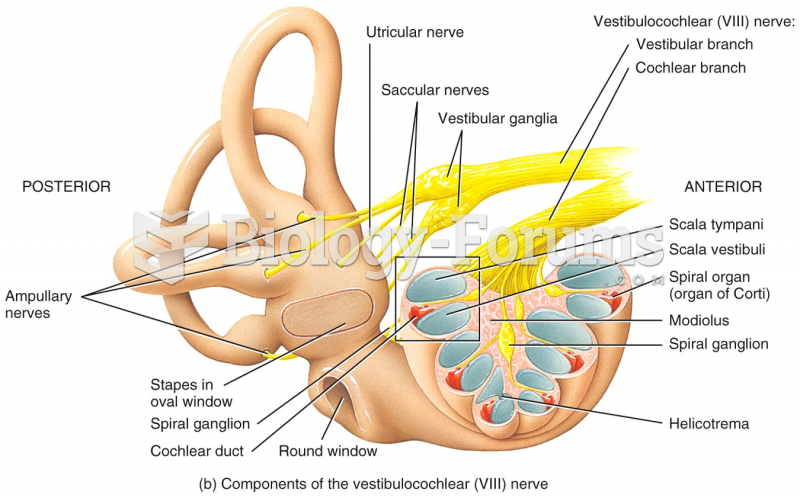This topic contains a solution. Click here to go to the answer
|
|
|
Did you know?
Earwax has antimicrobial properties that reduce the viability of bacteria and fungus in the human ear.
Did you know?
The familiar sounds of your heart are made by the heart's valves as they open and close.
Did you know?
People about to have surgery must tell their health care providers about all supplements they take.
Did you know?
This year, an estimated 1.4 million Americans will have a new or recurrent heart attack.
Did you know?
There are over 65,000 known species of protozoa. About 10,000 species are parasitic.







